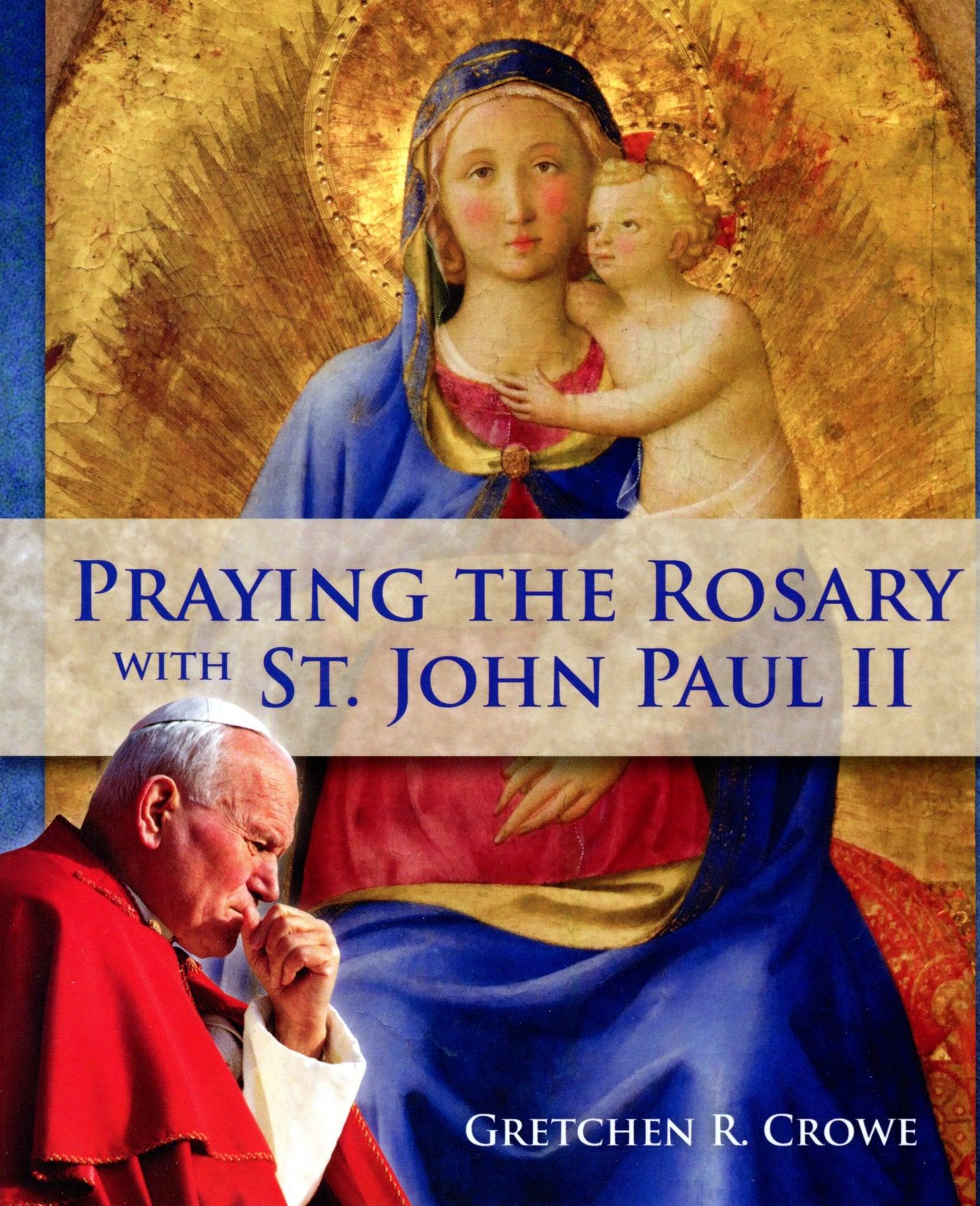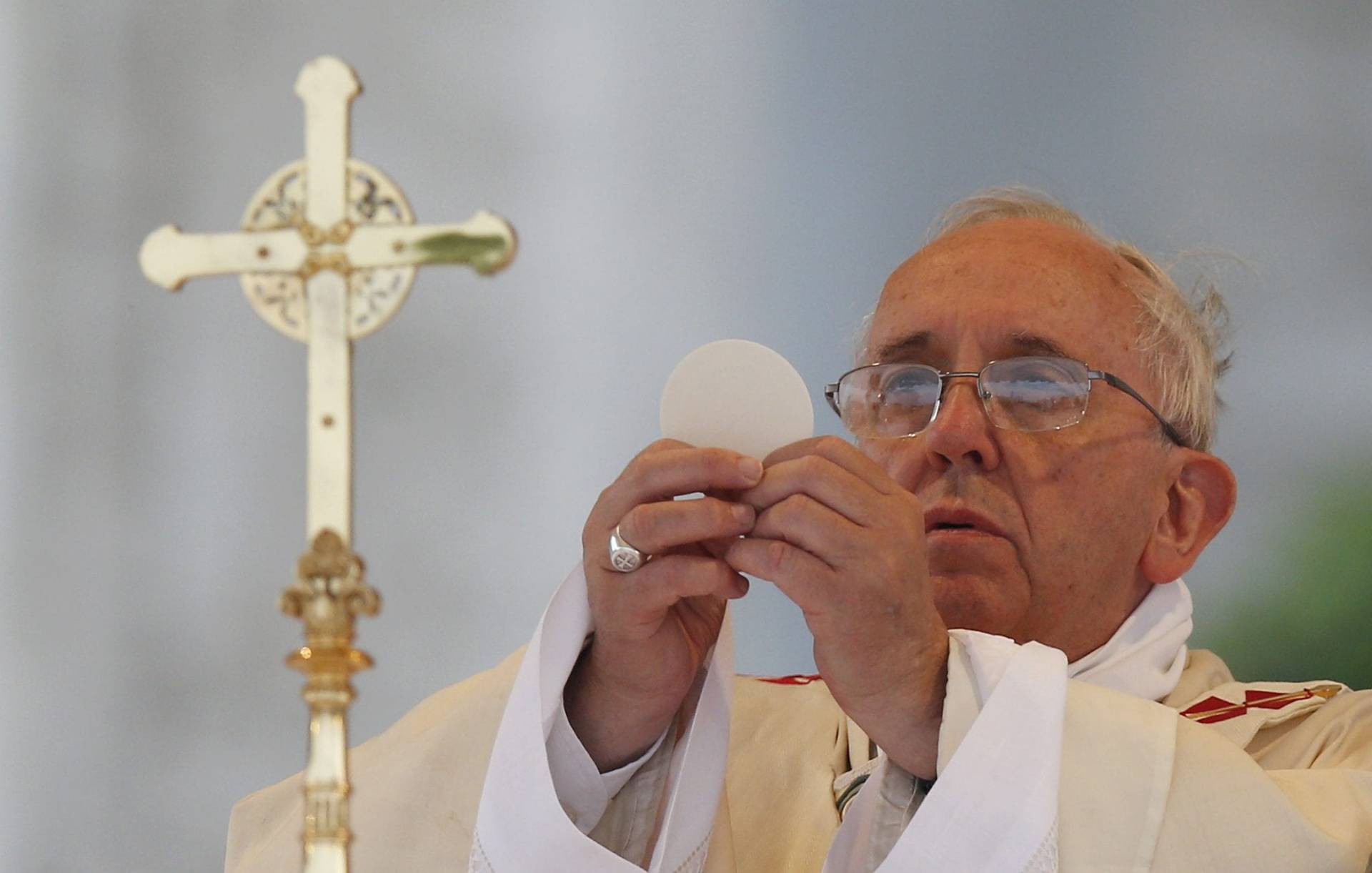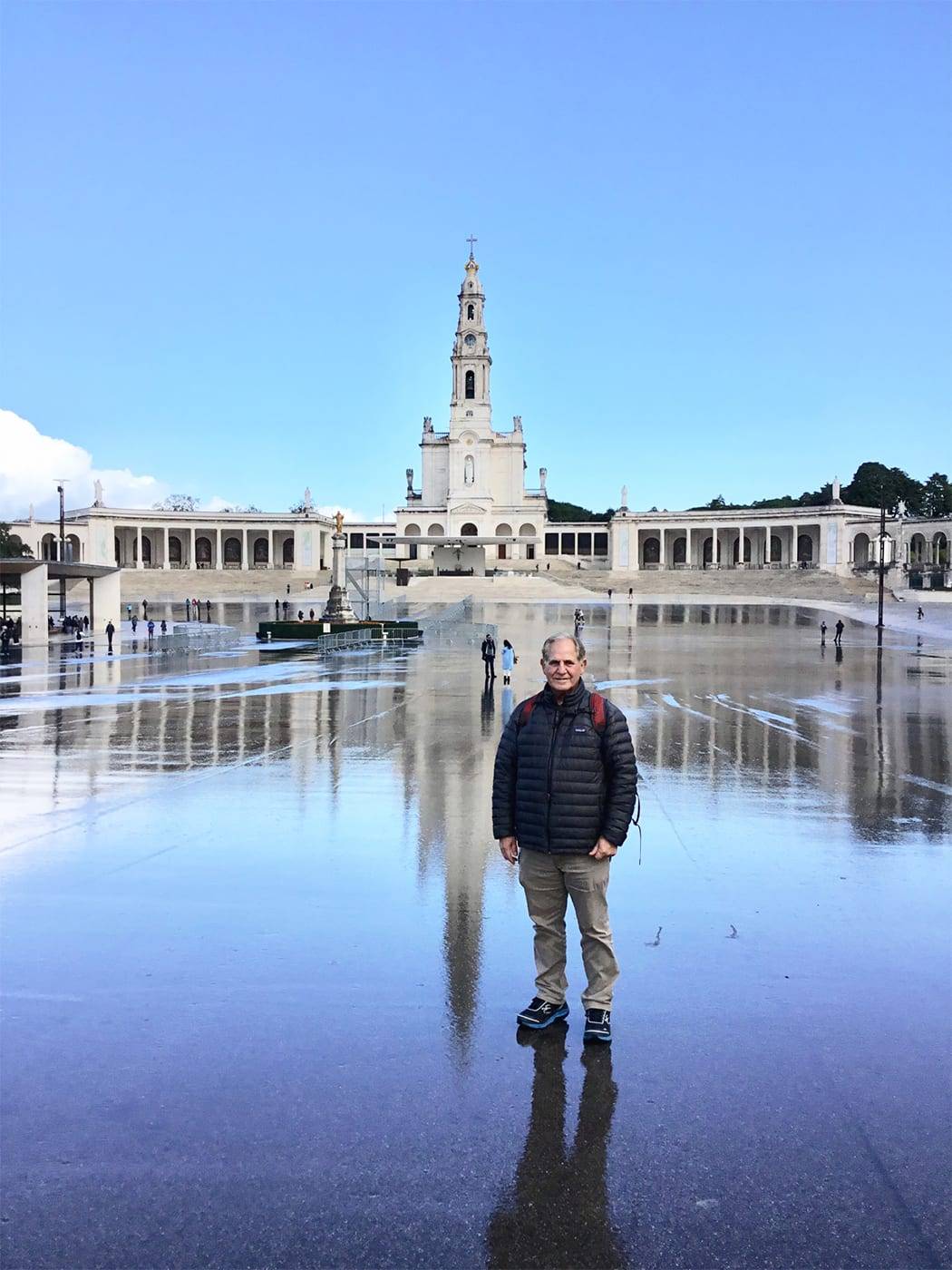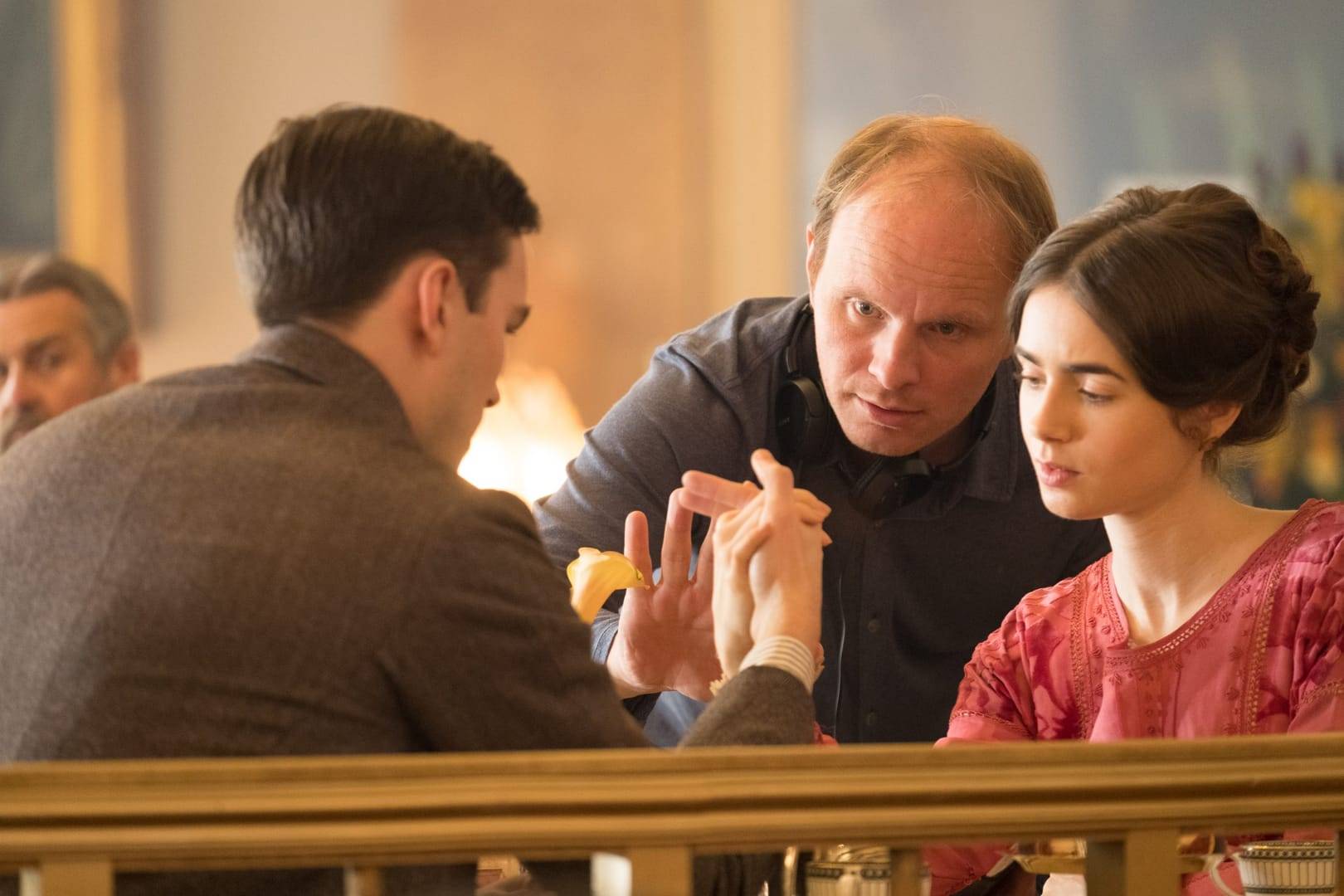Nothing in western culture has morphed more in my lifetime than the image of motherhood. This Sunday, Mother’s Day brunch will be celebrated by a generation of achievers, multi-taskers, CFOs, philanthropists — mothers who head out in the morning looking like a million bucks. I wonder: If Mary, the archetypal mother of Christendom, were to appear today on a street in lower Manhattan – or inner-city Baltimore – what we would see in her, and she in us? Would we even see her?
Those of a certain age experience a Proustian moment with the blooming of the forsythia. A year didn’t go by that, as schoolchildren, we didn’t vie to carry Mary’s statue into a packed church on a quiet evening in May, crown her with a wreath of entwined daffodils, and sing our hearts out to all that she represented to us then – the sweetness, gentleness, and patience of accessible love.
But life has changed, and so have we. Anthropologists and cultural historians will sort out whether ours is a more violent culture than those that have come before, but none can dispute that we are in the spasms of unprecedented violence — a violence that flairs like a brushfire in August, burning the weak and the disenfranchised among us — blacks, women, gays. The masculine archetypal values of rationalism, objectification, order, and control that have produced so many achievements (for middle-class women, among others), have torqued into that grotesque parody of civilization: empire. Small comfort that we aren’t as far gone as the practice of crucifixion, but there are days when we come close.
This Mother’s Day, we might do well to turn a familiar question on its head and ask, “What would Mary do?” How would she teach us to push back against our homegrown culture of violence, against the hatred and contempt and casual domination that victimizes all who don’t become co-opted into it? Would she have a word or two on the subject of accessible love, on the essential requirements of nurture?
Mary was no stranger to violence. She knew well the powerlessness of motherhood, as well as the suffering it can entail. The child born in hope and joy, reduced by prejudice, systems of exclusion, neglect, becomes the child of heartbreak. It is the relentless heartbreak of being unable to change the neighborhood, the peer group, the options, no matter how many parent-teacher conferences you get yourself to, no matter how many meetings with the principal, pleading for someone to offer a bit of kindness, a ray of hope. To see a child undermined, cut off in the prime of life, can come close to threatening the very will to live.
There is nothing in life that requires more courage, grit, and moral power than this. The strength that is born from enduring, from finding new life and hope beyond the small daily deaths, is a strength that is capable of holding up the sky.
I don’t think that Mary would appear on a street in any of our enclaves of privilege – not the way she is said to have appeared in Medjugorje, or Guadalupe. I don’t think there is the psychic space for her. Her qualities are not valued, not seen as relevant, or even paid lip service to much of the time, busy as we are meeting our deadlines, reading the business pages, soiling the planet as we race off to our dwindling sylvan escapes.
But I heard recently of a sighting. A young Vietnamese woman, the mother of three children aged 9, 6, and 3, was left alone a year ago when her husband deserted her. She struggles on a beautician’s income (minimum wages and tips) 12 hours a day, 7 days a week, to keep them clothed and fed. For housing, she moved back into her mother’s house in the inner-city community where she grew up.
“I’m so tired every night when I get home,” she tells me, “I go and lie down on my mom’s bed. She comes in and we lie there together, and she asks me questions about my day. She listens, and she encourages me. It’s so good to have someone to talk to. Sometimes I’m so tired I fall asleep. She lets me sleep for an hour. Then she’ll come in and rouse me and say, ‘Your children are waiting to see you.’”
Here is a mother capable of holding up the sky for her dependents when their world has fallen apart. Well past the age of child-rearing, she cares for her grandchildren, sees to their homework and stability, listens to her weary daughter’s small talk. She is a strength and a support until this young life takes another turn. This is the strength beyond the pale of broken hopes and dreams; this is one of the places where Mary hides out, on the margins of our world today.
Being in exile is not a new thing for Mary, nor is being on the run from violence. But I think that she is truly hidden only from those bent on breaking or killing those who threaten their positions of privilege. In the quiet places where hope is offered, where we can lie down and speak our truth and be heard without argument or judgment, she is very much alive, a presence, and a source of power.
She isn’t called the Queen of Heaven for nothing. She may crush the serpent under her foot, but she is still the Mother of God — birthing hope far beyond a Bethlehem stable. Where we are creating dark and frightening lives for people who can’t fight back, she is doing what she has always done. She is holding up the sky.














